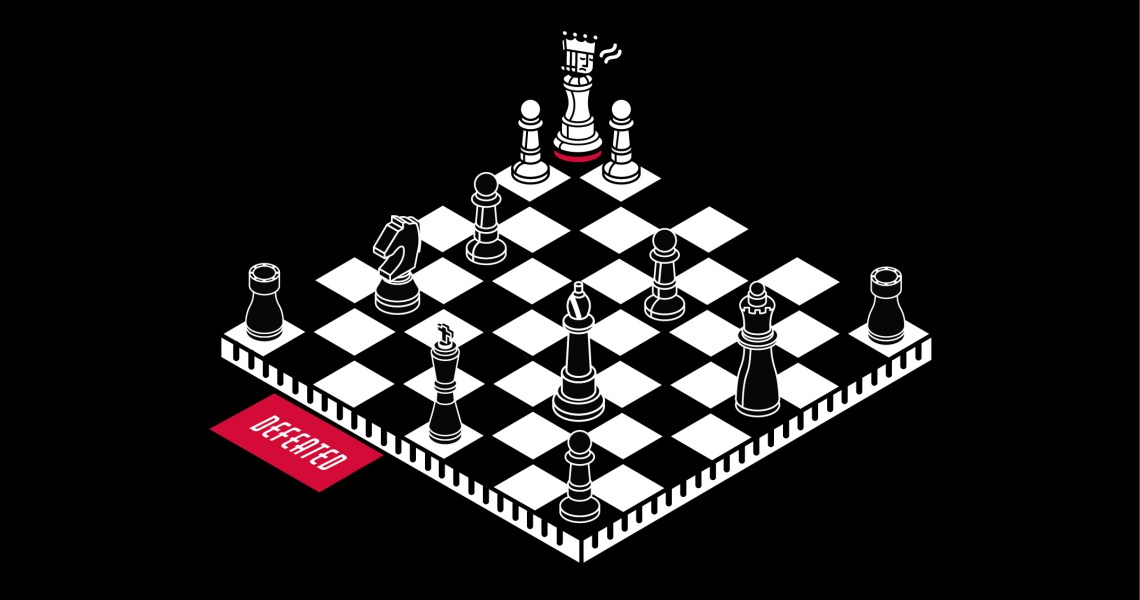This story is part of Endgames, a Digiday Media editorial package focused on what’s next, what’s coming, and what’s being phased out in the industries we cover. Access the rest of our Endgames coverage here; to read Digiday’s Endgames coverage, click here; Modern Retail’s coverage is available here.
Experiential retail was once heralded as a savior to sluggish brick-and-mortar sales. But Covid-19 places in-store experiences in peril.
Retailers and brands have spent the last several years perfecting the art of immersive environments that showcase a brand’s lifestyle and culture. Events like Beautycon facilitated meet-and-greets, elaborate in-person beauty demonstrations and the opportunity to cultivate fans of a brand. Meanwhile, multi-brand retailers hosted their own in-store events such as meet-and-greets or parties which have entirely disappeared. Even the small everyday in-store experiences like shade matching, product sampling and beauty services have been minimized over the last nine months.
It could be a while before consumers feel comfortable resuming these activities. The Center for Disease Control has stated that vaccinations won’t likely be available to all U.S. adults until the end of 2021. And the longer in-store experiences are impossible, the more likely they are to fade from cultural consciousness and become less important. Even though the vaccines could bring people back into stores, consumers are likely to maintain their newly acquired shopping habits post-pandemic, such as shopping on e-commerce more frequently while making fewer in-store and mall visits, according to data from McKinsey.
In their stead, brands have moved to hosting increasingly fantastical online events and new online hubs for fans, and have placed more emphasis on digital technology. At this point, brands and retailers are asking themselves if in-store experiential retail is another casualty of Covid-19. JuE Wong, Olaplex CEO, said the tables have turned for in-store experiences: E-commerce is now where people go to learn and experience brands while buying in-store has become more transactional. Julien Bouzitat, Innisfree vp and head of brand, agreed that in-store shopping has become about replenishment.
“We have lost the discovery [element] among customers that didn’t really know the brand and just wanted to browse the shelf. The confidence level [for browsing in-store] is not there yet,” he said.
Experiential retail is relatively new, but it was firmly entrenched pre-pandemic. For example, pop-up shops reached a tipping point in 2019, while retailers adding restaurants to their locations became popular in 2018. But despite the popularity of experiential among marketers, the data on how much these individual efforts contribute to increased foot traffic, sales and retention are mixed.
Ad position: web_incontent_pos1
Of course, this doesn’t dissuade many people in the beauty industry from arguing that beauty products are inherently experiential. Kecia Steelman, Ulta Beauty chief store operations officer, said that although she had seen in-store shopping behavior shift away from browsing, she firmly believes in-store experiences will rebound almost immediately when they are able.
“Beauty is experiential, and our guests love coming into the store. That experiential piece will continue to remain relevant,” she said. “When we [all receive] a vaccination, there’s going to be pent-up demand. I can’t even imagine how many people are ready to get glammed up and go out; people are going to be very excited about that, and we’ll be well-positioned when that time comes.”
Barbara Kahn, professor of marketing at Wharton School of Business, said that while it’s plausible to think experiential shopping has shifted online, the larger shift this year is the blurring of any meaningful separate activity on either channel.
“What we’re seeing [in] cosmetics and beauty across sophisticated retailers like Sephora and Ulta is much better integration of omnichannel,” said Kahn. “While consumers now are much more likely to shop online or browse online than in the past … it’s going to be this melded combination of the online and offline experiences [in the future].”
Many executives and founders have indicated a similar sense of blurring online and offline experiences. In a Glossy story from May, Emily Weiss, Glossier founder and CEO, remarked how in-store retail will evolve into a kind of agora for human connection, despite the fact that Glossier has built its reputation and business on putting digital relationships first. And Aurelian Lis, Dermalogica CEO, said that brick-and-mortar retailers that de-emphasize experiences will lose out in the end, because they will have nothing to justify their existence.
Ad position: web_incontent_pos2
“Larger stores that strip human connection and touch out will falter as consumers realize that it’s not worth the hassle of going shopping if it’s going to be as drab as airport security,” said Lis.
Suffice to say, if in-store experiences are not killed, the shopping experience will be different in a post-Covid-19 era. Twelve to 24 months is a long time in the digital age, and the advancements of augmented reality, educational marketing and even the type of person considered noteworthy enough for a meet-and-greet event will present new in-store opportunities down the road.
Bruce Winder, a retail analyst and author of “Retail: Before, During & After Covid-19,” said that brands have spent the last year trying to use technology to replace the in-store experiences, despite the acute knowledge that it’s not possible. Despite the fluidity of online-offline shopping behavior, there are some things that still just cannot be replicated online.
“Nothing can rival the feeling of being in a store, touching and feeling products, and seeing people,” he said. “These things are just put on pause for a while.”




